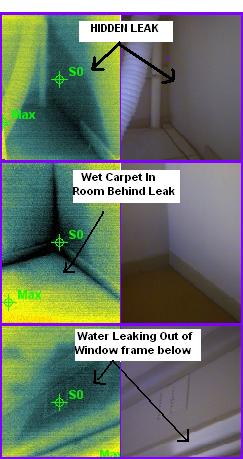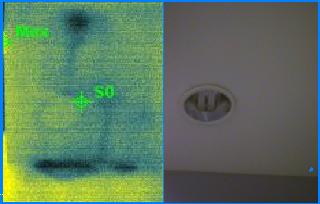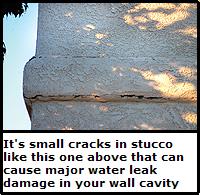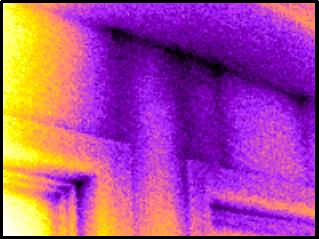Should a roof valley flashing leak?
The sky is the limit when it comes to ‘mystery’ leaks in houses!
We have found many different types of leaks in NZ homes, and some you just don’t expect.
Some people seem to think buying a good old fashioned brick and tile home is a safe bet, and that there is no need for a thermal imaging leak inspection before buying. Not always the case.
The infrared image below shows a huge leak on a ceiling underneath a tiled roof. What caused it? A leak in the valley flashing directly above. The interesting part is there was no sign of the leak on the ceiling!
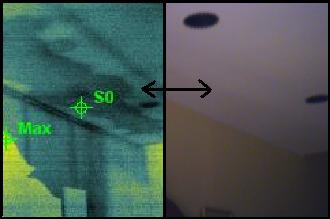
The home owners were slightly skeptical about getting a quick scan on their home given the nature of the build, but no matter how solid your walls are (i.e. Brick/block), you can’t stop leaks coming in from the roof area, or in this case a failure in the valley flashing. In addition, they had insulfluff insulation which was saturated and needed to be replaced.
If you are buying a brick and tile home, don’t overlook a leak inspection first!

